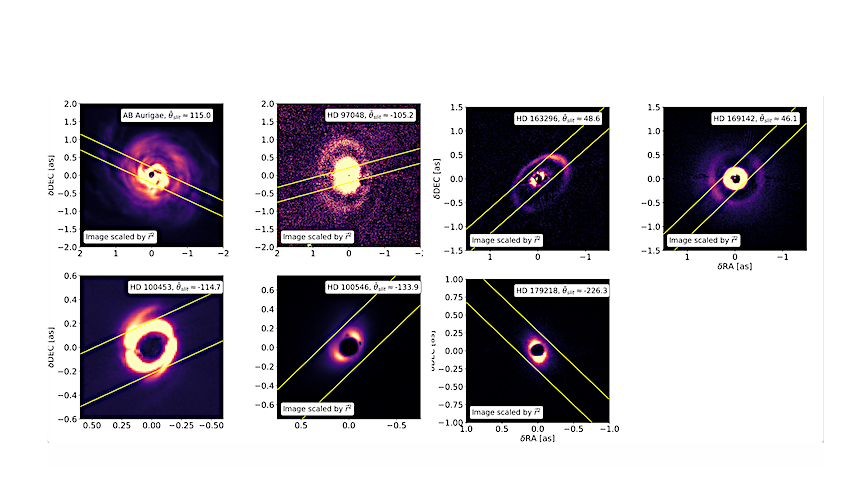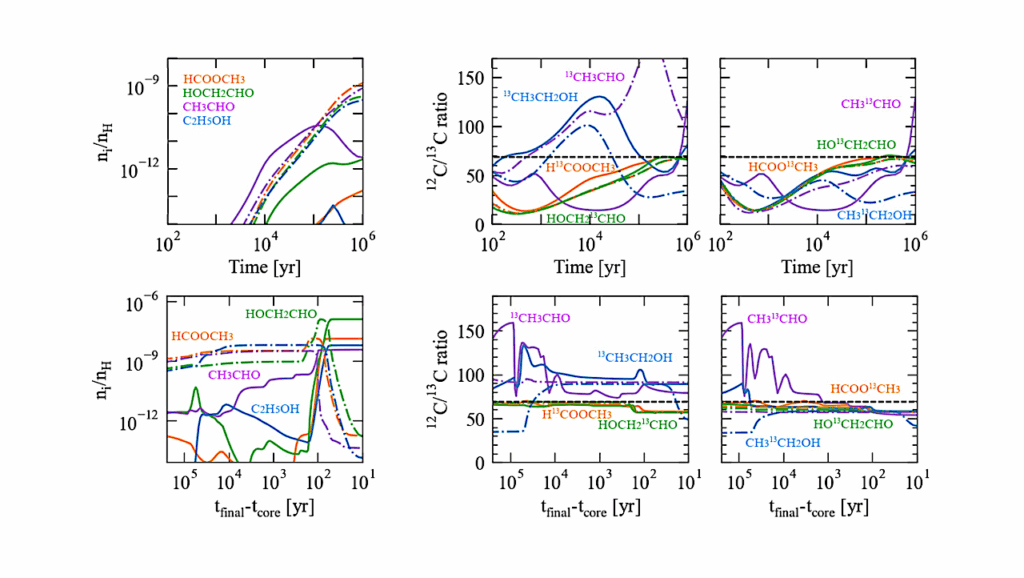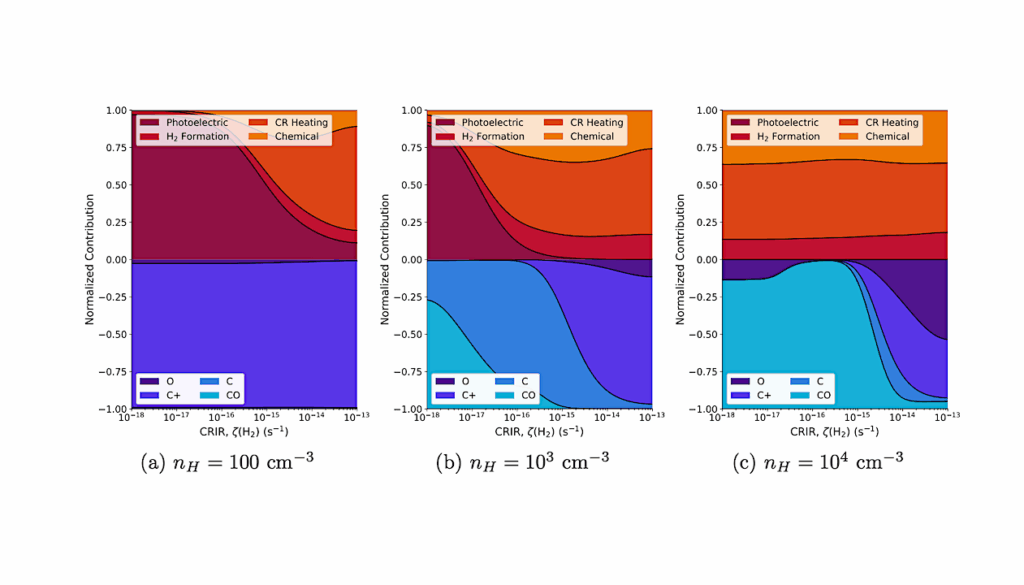Spatially Resolving PAHs in Herbig Ae Disks with VISIR-NEAR at the VLT

We use the long-slit spectroscopy mode of the VISIR-NEAR experiment to perform diffraction-limited observations of eight nearby Herbig Ae protoplanetary disks.
We extract spectra for various locations along the slit with a spectral resolution of R = 300 and perform a compositional fit at each spatial location using spectral templates of silicates and the four PAH bands. This yields the intensity vs. location profiles of each species.
Results. We could obtain spatially-resolved intensity profiles of the PAH emission features in the N-band for five objects (AB Aurigae, HD 97048, HD 100546, HD 163296, and HD 169142). We observe two kinds of PAH emission geometry in our sample: centrally-peaked (HD 97048) and ring-like (AB Aurigae, HD 100546, HD 163296, and potentially HD 169142). Comparing the spatial PAH emission profiles with near-infrared scattered light images, we find a strong correlation in the disk sub-structure but a difference in radial intensity decay rate. The PAH emission shows a less steep decline with distance from the star.
Finally, we find a correlation between the presence of (sub-) micron-sized silicate grains leading to the depletion of PAH emission within the inner regions of the disks. In this work, we find the following: (1) PAH emission traces the extent of Herbig Ae disks to a considerable radial distance. (2) The correlation between silicate emission within the inner regions of disks and the depletion of PAH emission can result from dust-mixing and PAH coagulation mechanisms and competition over UV photons. (3) For all objects in our sample, PAHs undergo stochastic heating across the entire spatial extent of the disk and are not saturated. (4) The difference in radial intensity decay rates between the PAHs and scattered-light profiles may be attributed to shadowing and dust-settling effects, which affect the scattering grains more than the PAHs.
Gideon Yoffe, Roy van Boekel, L.B.F.M Waters, Koen Maaskant, Ralf Siebenmorgen, Mario van den Ancker, D.J.M Petit dit de la Roche, Bruno Lopez, Alexis Matter, Jozsef Varga, M.R Hogerheijde, Gerd Weigelt, R.D Oudmaijer, Eric Pantin, M.R Meyer, Jean-Charles Augereau, Thomas Henning
Subjects: Earth and Planetary Astrophysics (astro-ph.EP); Astrophysics of Galaxies (astro-ph.GA); Solar and Stellar Astrophysics (astro-ph.SR)
Cite as: arXiv:2303.06592 [astro-ph.EP] (or arXiv:2303.06592v1 [astro-ph.EP] for this version)
Submission history
From: Gideon Yoffe
[v1] Sun, 12 Mar 2023 06:58:44 UTC (41,214 KB)
https://arxiv.org/abs/2303.06592
Astrobiology, Astrochemistry








